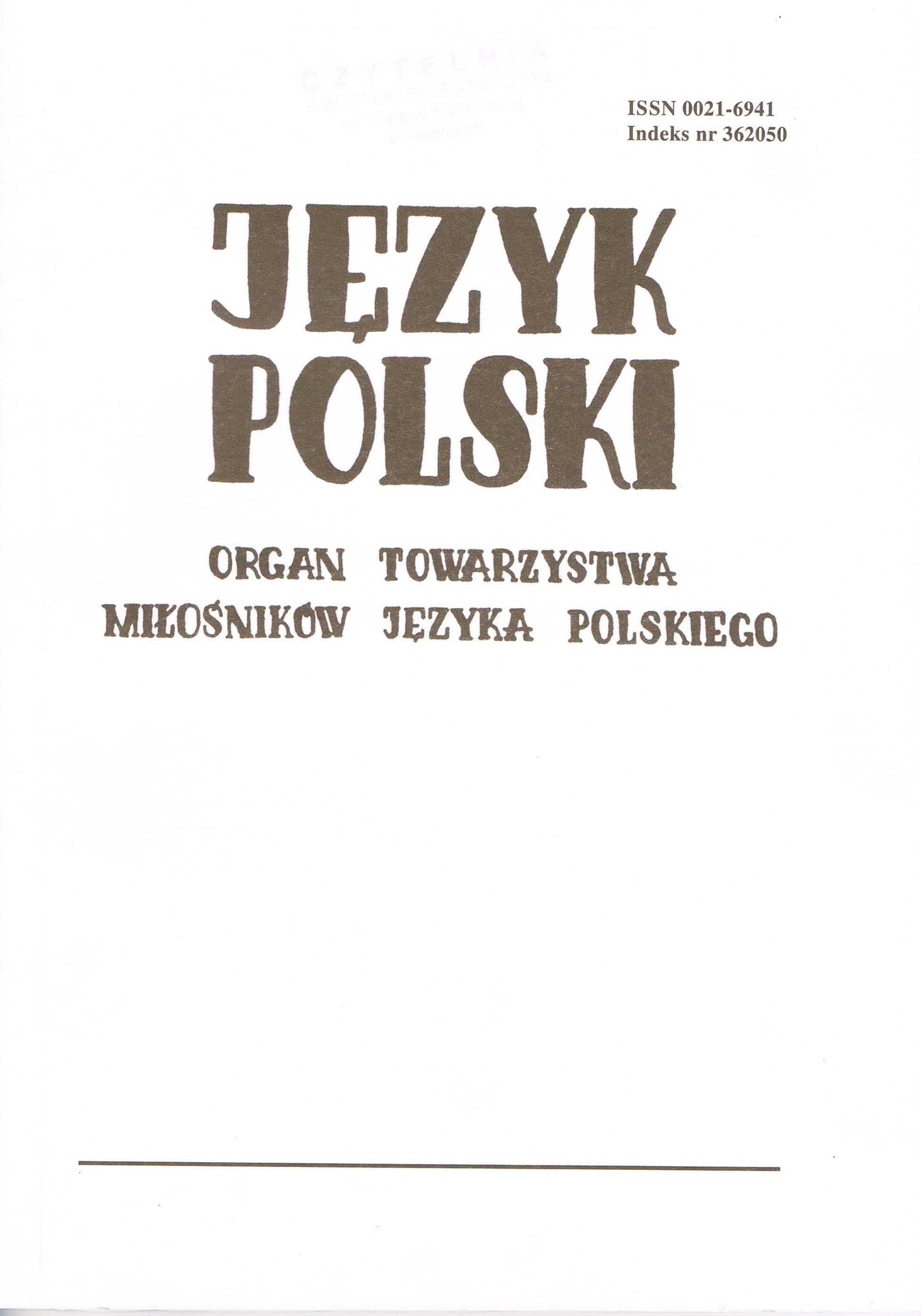Matka, matrona, dama. Trzy wizerunki kobiety godnej szacunku w ujęciu diachronicznym
Matka, matrona, dama — three images of an estimable woman in a diachronic approach
Author(s): Ewa SiatkowskaSubject(s): Language and Literature Studies
Published by: Towarzystwo Miłośników Języka Polskiego
Keywords: axiology; semantics; image
Summary/Abstract: Among Polish names of women which hold the highest rank in the value system are those denoting ‘mother’, as well as ‘heroine’, the religious ‘martyress’, and the relatively recent ‘diva’, among others. The name "matrona" (‘matron’) derives from the Latin "mater". It has occurred since the early Middle Ages in Latin texts found on Polish territories, from which it has been incorporated into the Polish language. The word had its moment of fame in the Romantic period. Nowadays, it is almost out of use. "Dama" (‘lady’) stems from the Latin "domina", a word which had found its place in many European languages, mostly as a honorific title. It had been reformulated and shortened in Latin; then in some Romance languages it took the form similar to "donna". It was probably transferred into Polish from the French "dame" in the 17th century. It continues to be widely used at present, most significantly so in the phrase denoting the ‘first lady’ (the equivalent of the Italian "prima donna"). "Matrona" is a word which represents moral values, while "dama" connotes representative and social ones.
Journal: Język Polski
- Issue Year: 2014
- Issue No: 3
- Page Range: 239-249
- Page Count: 11
- Language: Polish

